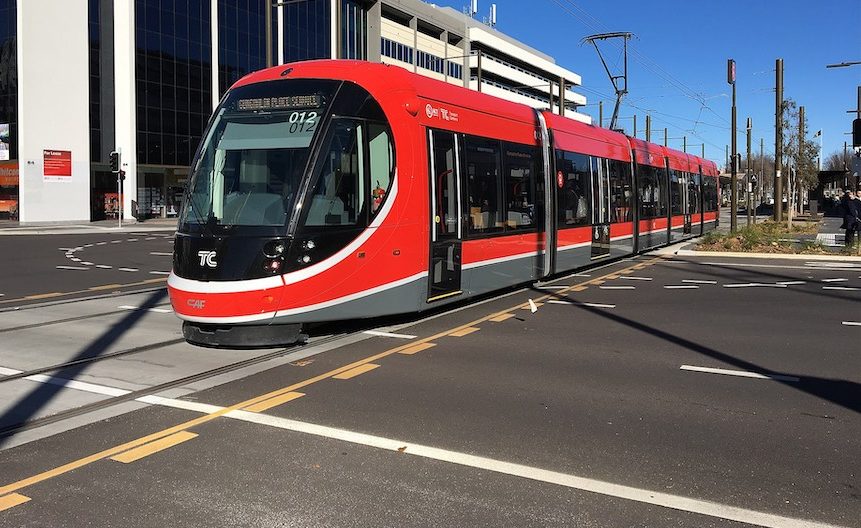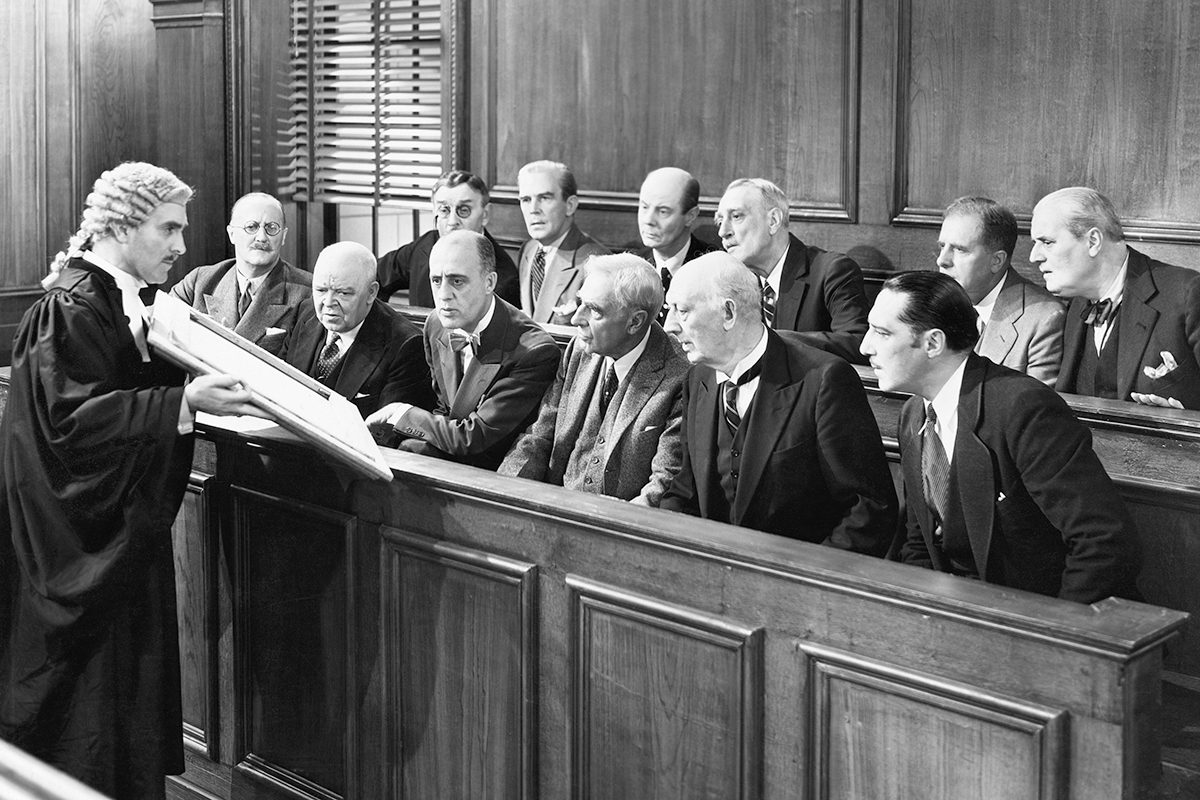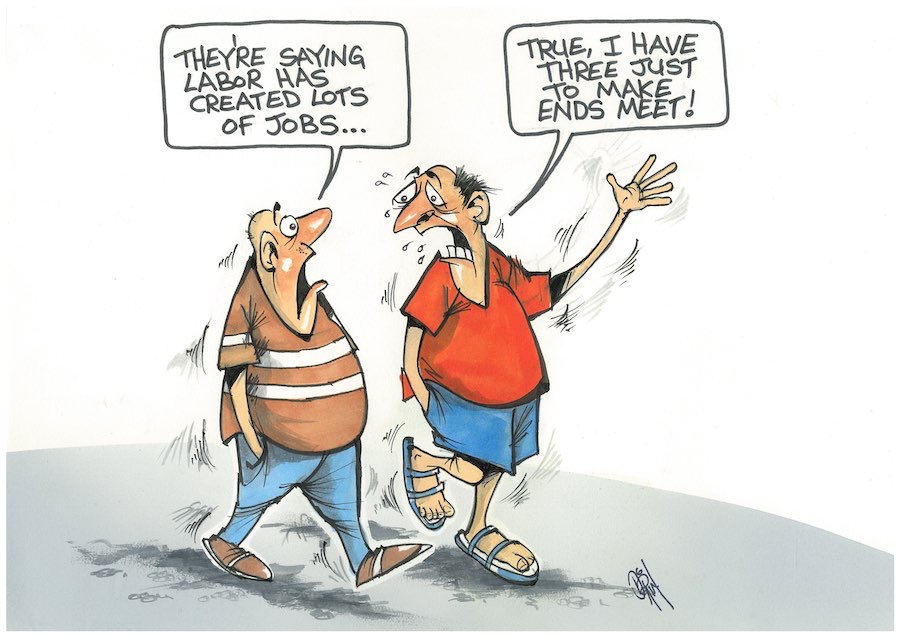Trained planning professional *DAVID JONES says the combined cost of Stages 1, 2a and 2b of the ACT’s light rail are roughly the same as the financial costs of around 10 years worth of car crashes in Canberra.
ALMOST every argument I hear against investing in mass transit reeks of ignorance and general hostility to change.

In a recent citynews.com.au opinion piece columnist Paul Costigan said investing in light rail means taking away hospital beds.
The trauma caused by our current reliance on cars routinely ties up a significant portion of Canberra’s health resources, including our hospital beds.
The cost of road trauma in Australia is around $30 billion per year. Based on the ACTs percentage of Australian road fatalities, the financial cost of Canberra’s road trauma is more than $200 million a year. That figure rivals Canberra’s entire annual transport budget. It represents over 10 per cent of Canberra’s annual health budget.
That figure doesn’t include road building or maintenance costs, just the financial cost of crashes. Nor does it include other external costs associated with everyone driving cars either, such as environmental damage or increased rates of childhood asthma from pollution, increased cardiovascular problems from environmental noise pollution, or increased community health costs caused by physical inactivity.
It doesn’t include the financial costs associated with the poor mental health of our children, who have grown up unable to independently explore their communities thanks to parents’ legitimate fears that their child will be killed by a motorist.
It doesn’t include the costs of owning and running private cars, which for a two-car family can easily be 25 per cent of an average household income. It also doesn’t include lost opportunity costs families endure every year by having no choice but to fork out for expensive transport appliances.
The combined cost of Stages 1, 2a and 2b of the ACT’s light rail are projected to cost roughly the same as the financial costs of roughly 10 years worth of car crashes in Canberra. Every tax dollar we spend on transport infrastructure that gives Canberrans options to leave their cars at home, is a dollar well spent.
Every medium to high-density development near mass transit is also an excellent thing. We have a rapidly growing population and a housing affordability crisis. We need to build medium-density, mixed-use areas all over this city to cope.
We also need to build mass transit all over this city, as the private car is dangerous, and is the most spatially unsustainable form of transportation humans have ever adopted. Like it or not, the end of the era of the private car is coming; to be honest, it can’t come soon enough.
The original Griffin plan for Canberra saw what’s now Adelaide Avenue as being a grand boulevard of sorts with a range of uses and a range of building types.
Unfortunately, car-centric planning of the ’60s and ’70s instead saw the corridor become an “internal freeway”, devoid of character, devoid of buildings and dangerous to anyone not in a car.
Contrary to popular belief, many of Canberra’s green spaces were not spared by the NCDC for the sake of green space, but rather, to minimise the potential for traffic congestion to occur. See Paul Mees’ peer reviewed article titled “A centenary review of transport planning in Canberra, Australia” for more about this topic.
The key development priority of post-World War II Canberra was not to build a grand capital city for people; it was to build a city where driving a car is easy, no matter what the consequences.
The NIMBY community council members typically represent a vocal portion of an older generation. A generation that stubbornly continues to advocate for the low-density, car-dependent environments they’ve lived in since the mid-20th century, despite overwhelming evidence that these environments are fiscally and environmentally unsustainable, inequitable, dangerous, and bad for our physical and mental health.
If only Canberra’s younger generations had the time and resources of Canberra’s retired public servants to form their own community council clubs, we’d likely hear far more YIMBY messaging than NIMBY rhetoric about Canberra’s light rail.
We’d hear about how people who live in medium to high-density housing and commute via public transport are responsible for far fewer carbon emissions than suburban RZ1 dwellers who are forced to drive cars everywhere.
We could have more discussions based on facts and science, rather than nostalgia. We could get on with the job of undoing the planning mistakes of the second half of the 20th century and build a better Canberra.
*EDITOR’S NOTE: David Jones is a pseudonym. “CityNews” would not ordinarily publish unsigned work, but I felt the issues he raises were an interesting addition to the public-transport debate. In a private note to me he says he wants to see genuine and drastic change to Canberra’s built environment and transport systems for the sake of our physical and mental health.
Who can be trusted?
In a world of spin and confusion, there’s never been a more important time to support independent journalism in Canberra.
If you trust our work online and want to enforce the power of independent voices, I invite you to make a small contribution.
Every dollar of support is invested back into our journalism to help keep citynews.com.au strong and free.
Thank you,
Ian Meikle, editor





Leave a Reply